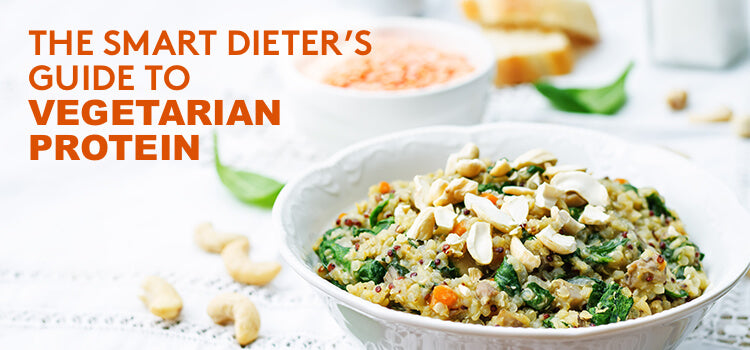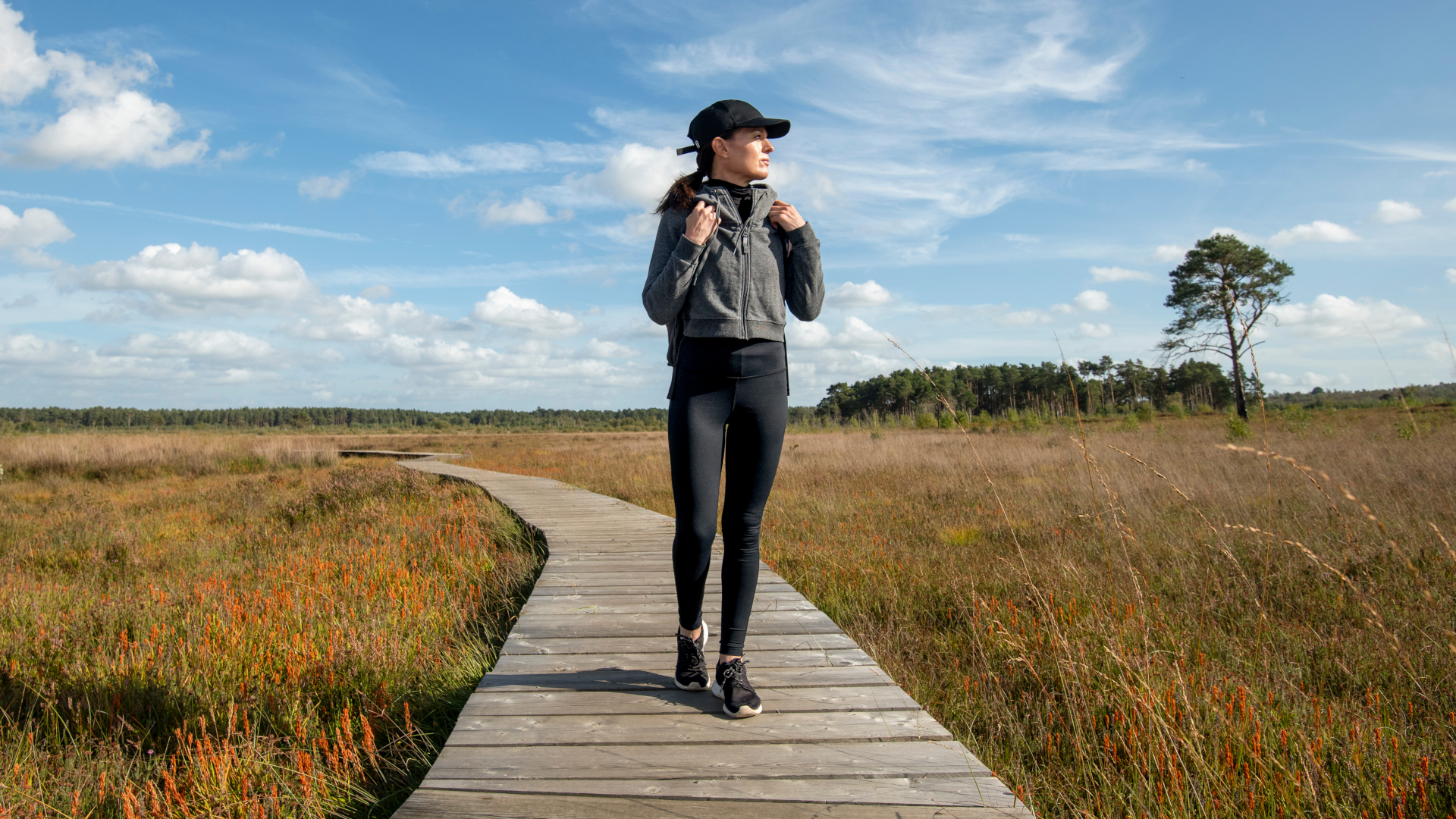Vegetarians are asked one question far more than any others: “Where do you get your protein?”
Although this question may annoy some, it is a legitimate one. After all, when you think of protein, the first thing that springs to mind is meat. However there are many sources of vegetarian protein, all of which can help you meet your macronutrient daily goals.
In this article, we’re going to discuss why protein matters in your diet, the difference between animal and plant protein, and list some of the best healthy vegetarian options you can eat as part of your balanced diet. By the end, you’ll have all the answers you need to that sometimes vexing question!
Why Is Protein Important For Your Diet?
Protein is found throughout our bodies and is essential to every cell. In terms of weight loss and exercise, your body uses protein to build and repair tissues. It’s also a key component of your bones, muscles, cartilage, skin, and blood.
While the body can store extra fat and carbohydrates for use when needed, it can’t do the same for protein. This makes it even more important to eat enough on a daily basis so you can continue to build and maintain muscles and other body structures.
Many of you who are trying to lose weight turn to a high-protein, low-carbohydrate diet. There are several benefits in doing so because high-protein diets:
- Increase fat burning in the body
- Increase satiety, meaning you’ll feel fuller and more satisfied after a meal
- Decrease daily calorie intake by the body
- Lead to weight loss
When you consume more protein and fewer carbohydrates and fats, the body has to work harder to convert protein into energy. Consequently, it burns more calories and this can result in weight loss.
But equally, you shouldn’t eat too much protein as this may create long-term health complications.
Comparing Animal And Plant Proteins
As a vegetarian, you can still eat eggs, dairy, and good quality plant-based options, but not the most protein-dense source of nutrition: meat. So, what exactly is the difference between animal and plant proteins?
Your body breaks down protein into amino acids regardless of whether it comes from a plant or an animal. The main difference between the two is that while most animal proteins contain the complete amino acid profile our bodies need to thrive, not all plant proteins do. Some lack “essential” amino acids such as methionine, tryptophan, lysine, and isoleucine.
“Essential” amino acids are ones which the body can’t manufacture itself and have to be obtained from food sources. But this doesn’t mean that plant proteins are poor substitutes, just that they lack one or more of the essential amino acids necessary for the human body.
It’s perfectly possible as a vegetarian to receive the required amount of essential amino acids as long as you include a variety of quality plant-based proteins in your diet throughout the day. This will ensure that you’re fueling your body properly when you’re exercising and losing weight, and will stay fit and well.
So if you’re a vegetarian or are interested in trying a vegetarian diet, it’s important as a smart dieter that you familiarize yourself with the healthiest sources of protein. This will help you plan meals around these ingredients and ensure you’re consuming a good balance of nutrients.
As a general rule of thumb, it’s best to stay away from processed foods such as meat substitute products like seitan, and stick with whole, natural foods. You’ll provide your body with many more nutrients even if these alternative sources are lower in protein.
5 Sources Of Vegetarian Protein You Can Use In High Protein Vegetarian Meals
Lentils – Lentils contain 18 grams of protein and almost 50 percent of your daily requirement of fiber per cup. Also rich in folate, manganese, and iron, lentils are a great all-around source of nutrition in addition to its high protein levels.
Beans – Beans, including kidney, pinto, black, and garbanzo, contain about 15 grams of protein per cooked cup. Like lentils, they’re rich in other nutrients such as iron, folate, phosphorus, potassium, manganese, and other compounds.
Quinoa – Quinoa is a nutritious alternative to rice and simple to incorporate in salads, stir fries, and other dishes. It includes 8 grams of protein per cooked serving (1 cup). Rich in fiber, iron, magnesium, and manganese, it’s a versatile food you can throw in practically any dish.
Oats – Oats may not seem like a protein powerhouse but just half a cup of dry oats contains about 6 grams of protein and 4 grams of fiber. Oats aren’t the complete protein that beans and other plant proteins are, but they bring other health benefits, so are a great way to provide an extra hit of protein to your diet.
Green Peas – Green peas may seem like an unassuming vegetable, but they contain 9 grams of protein per cooked cup which is more than a cup of milk! They’re also classed as a whole food and packed with nutrients; they provide fiber and a range of vitamins including A, C, K, thiamine and folate, along with various minerals.

Be Vegetarian Without Sacrificng On Protein
So it’s reassuring to know that as a vegetarian, you don’t need to sacrifice on protein. You can still consume some animal products, like eggs and dairy, but you’ll benefit by focusing on the plant proteins described here as well.
Planning your meals around these proteins is a simple way to be mindful of your macronutrient balance. However, while you should definitely concentrate on getting enough protein to power your body, you don’t want to focus too much on any one macronutrient.
Remember, protein is essential when you want to exercise and build muscle. But it’s also important that you balance your protein intake with complete nutritional supplements to power your physical activity and drive results.



